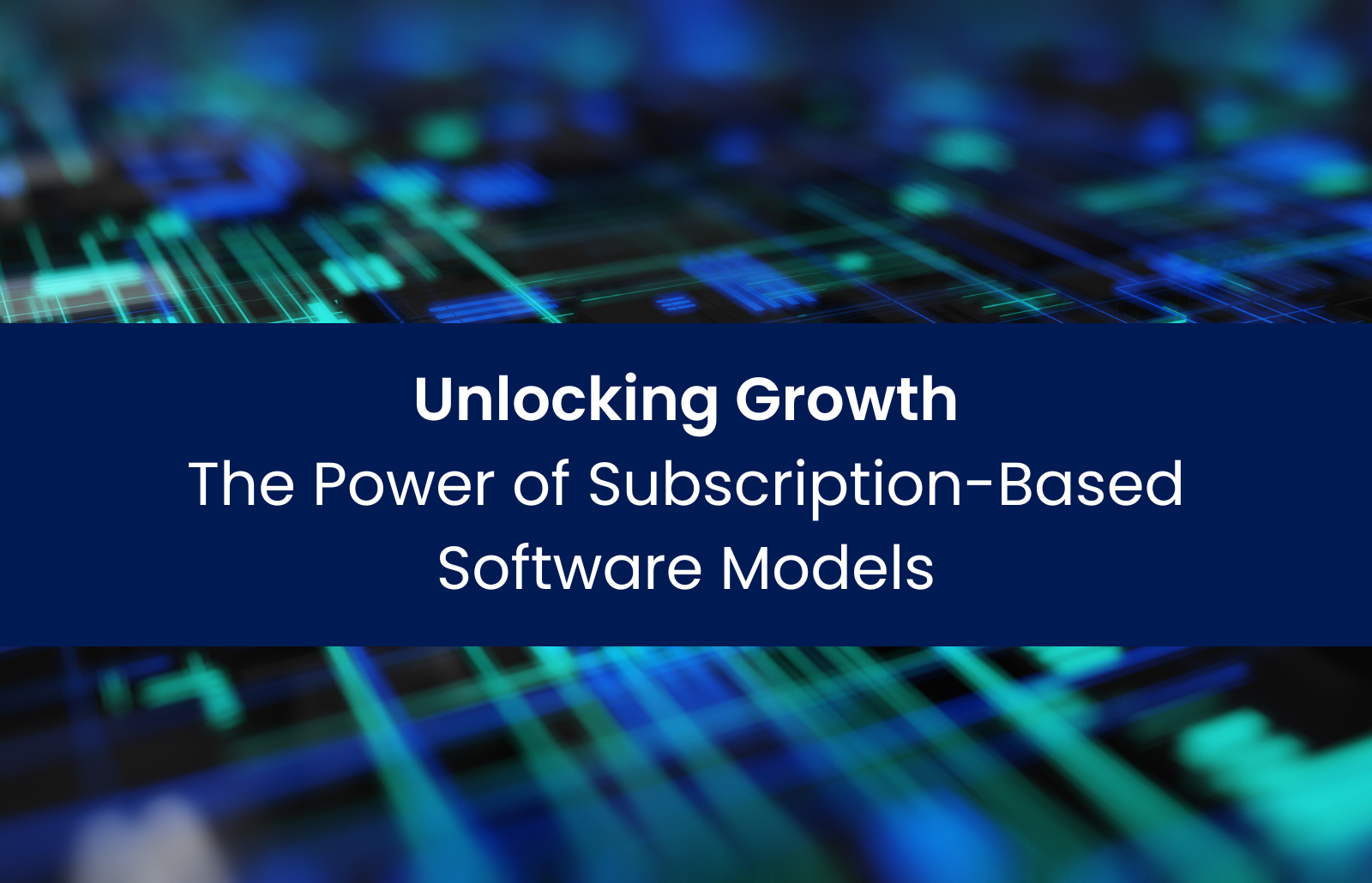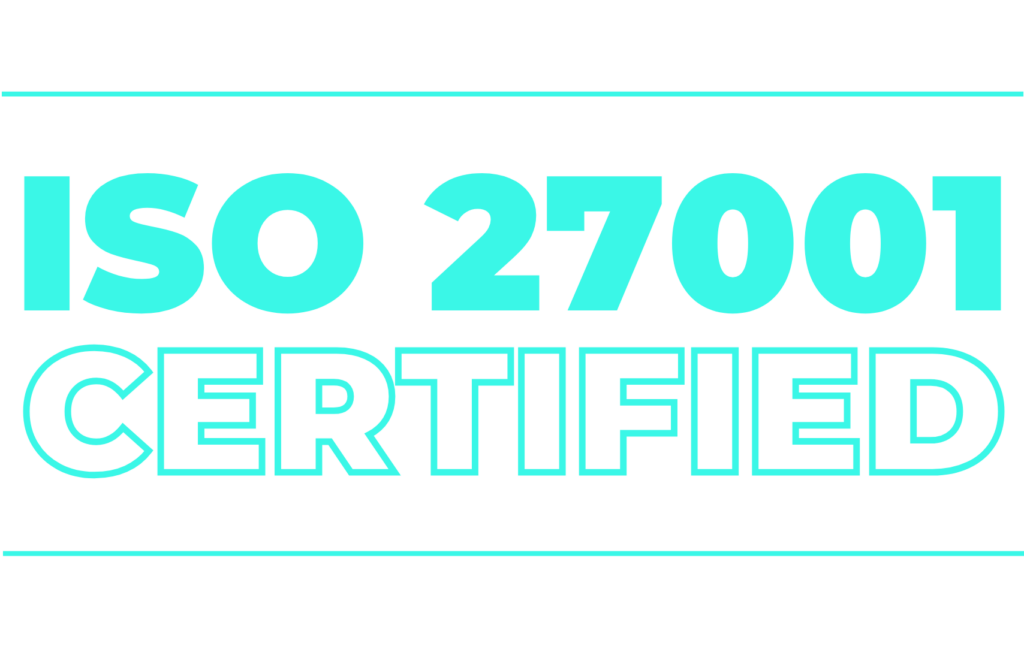The modern marketplace drives businesses from all sectors to find revenue streams that offer greater sustainability and predictability alongside higher profitability. The traditional software licensing models with their large upfront payments and intricate pricing schemes are quickly transitioning to more adaptable and customer-centric options. The subscription-based software model has become an increasingly popular solution for meeting business demands. Software providers benefit significantly from this model while customers experience substantial satisfaction due to ongoing value delivery, constant support availability, and effortless scalability.
Modern businesses find the subscription-based approach attractive because it offers multiple benefits; so how can your organization take advantage of this model through strategic implementation?
What is a Subscription-Based Software Model?
The subscription-based software model requires customers to pay periodic fees to access software services instead of buying licenses upfront. The subscription-based model promotes ongoing financial stability for service providers while delivering sustained benefits for customers through a mutually advantageous partnership. Subscription software demonstrates rapid expansion with expected global revenues exceeding $1.5 trillion by 2025 according to UBS data shared by Zuora.
The subscription model guarantees steady income while delivering improved customer involvement and scalable operations through ongoing software enhancements. Companies such as Adobe and Slack serve as successful examples of those who have achieved substantial benefits through this approach.
Why Customers Prefer Subscription Models
The widespread adoption of subscription-based software models is driven by tangible benefits that cater to evolving customer expectations. Here are the top advantages:
1. Lower Upfront Costs: Subscription models eliminate large initial financial investments which lowers entry barriers for users. Startups and small-to-medium businesses benefit from subscription models because they enable predictable expense management through reasonable monthly payments. This method allows companies regardless of their size to access powerful software tools without needing significant initial financial investment.
2. Continuous Updates and Support: Subscription-based services consistently deliver software updates as a defining feature. To stay competitive providers must keep their offerings fresh through ongoing enhancements which include timely new features alongside functionality improvements and critical security updates. Subscription-based services keep customers technologically current with productivity and security ensured at no extra cost.
3. Scalability and Flexibility: Subscription models stand out primarily because they offer built-in flexibility. Businesses have the ability to modify their subscription levels to scale up during high-demand periods and scale down during slow periods without being bound by long-term commitments or incurring penalties. Organizations gain the ability to quickly adapt to market changes because dynamic scalability provides substantial operational flexibility.
4. Enhanced Customer Experience: Subscription service providers work towards maintaining long-term relationships with their customers, as their business model depends on happy customers scaling the use of their product. To that end, they will prioritize delivering top-notch customer support, maintaining continuous services and stability, and implementing ongoing enhancements based on user feedback. The approach delivers an enhanced user experience and builds lasting relationships while also increasing customer loyalty.
The success of Adobe Creative Cloud which shifted from licensing products to a subscription model illustrates the effectiveness of such customer-centered business models. The extensive use of Slack within business environments demonstrates users’ preference for software solutions that offer flexibility and scalability while receiving regular updates.
How It Works: Platform, Integrated, and Hybrid Models
Businesses aiming to achieve optimum efficiency and profitability need to grasp subscription software model mechanics to set effective strategies. The product you chose needs to align not only with your technical needs but also the business needs. How do you want to use this product and in combination with what? Is it an extra tool or should it work as part of your usual workflow? What are your short and long-term budgets?
Choosing the right model without having regrets down the line requires understanding what you are getting yourself into. Generally, subscription-based software comes in three broader categories: Platform-based Solutions, Integrated Solutions, and Hybrid Models.
Platform-Based Solutions (PaaS)
Platform as a Service (PaaS) solutions are cloud-hosted environments designed to facilitate the development, deployment, and management of applications. Unlike traditional software, PaaS offerings focus on providing a comprehensive framework for developers rather than pre-built software. Popular PaaS platforms include Microsoft Azure, Google App Engine, and AWS Elastic Beanstalk.
PaaS solutions are particularly appealing to developers and companies seeking to enhance scalability, streamline application development, and reduce infrastructure management costs. They provide powerful environments that support coding, testing, and deploying applications with minimal hassle.
Integrated Subscription Solutions
Integrated solutions are tailored to fit within a company’s existing IT infrastructure. Unlike PaaS models, these solutions focus on enhancing or supplementing existing systems through direct integration. This approach is especially valuable for larger enterprises with established workflows and complex software ecosystems.
Examples include enterprise platforms that integrate directly with CRM, ERP, or HR systems, such as SAP, Oracle ERP, and Microsoft Dynamics 365. These solutions offer robust scalability, enhanced analytics, and tailored functionalities. However, they often require extensive customization to achieve seamless compatibility with existing enterprise systems.
Hybrid Subscription Models
Hybrid models offer a combination of accessibility through cloud-hosted platforms and the flexibility of deep integrations. This approach allows businesses to leverage standard tools while also integrating them with proprietary systems or third-party platforms.
Companies like HubSpot, Salesforce, Microsoft Dynamics 365, Adobe Creative Cloud, and Shopify Plus exemplify this model. HubSpot offers robust SaaS tools for marketing and CRM, complemented by APIs for deeper integrations. Salesforce combines SaaS CRM capabilities with customized solutions to fit enterprise-specific workflows. Shopify Plus provides a SaaS e-commerce platform that supports extensive API access, allowing tailored online experiences.
The adaptability of hybrid models makes them particularly suitable for organizations undergoing digital transformation. They provide the agility needed to adapt to evolving technological landscapes, offering the best of both worlds: cloud accessibility and bespoke customization.
Pricing Models: Choosing the Right Strategy
An optimal pricing model ensures that customers stay satisfied while revenue remains predictable and supports strategic business growth. Let’s explore common subscription pricing strategies with practical examples:
- Flat-Rate Pricing: The fixed fee paid by users remains consistent no matter how much they use the service. Basecamp charges a flat fee of $99 per month for any number of users.
- Usage-Based (Pay-as-You-Go): Users are billed according to their real-time consumption making this model well-suited for fluctuating usage needs. Amazon Web Services (AWS) demonstrates usage-based billing as it charges businesses according to their resource consumption.
- Tiered Pricing: The tiered pricing model provides multiple service levels to facilitate business scalability and meet different client requirements. HubSpot uses this pricing model well by offering different subscription options that meet the requirements of customers of varying sizes.
- Per-User Pricing: Businesses pay charges according to each individual user which makes this payment model ideal for software solutions designed for teams. The pricing structure of Slack which charges based on each user shows significant advantages for organizations that frequently change their team sizes.
- Freemium Model: Users can access basic software features without charge but must subscribe to obtain premium features. Zoom builds extensive user bases through freemium models which enable them to convert free users into paid subscribers over time.
- Hybrid Pricing: Combines various strategies for maximum flexibility. Adobe Creative Cloud delivers several pricing structures including tiered options, usage-based elements, and subscriptions for every individual user to accommodate multiple customer groups.
There isn’t a universal pricing model that fits all businesses. B2B businesses must evaluate their customer base alongside usage patterns and growth goals to identify the most effective pricing model. Businesses that need predictable budget planning benefit from flat-rate and per-user pricing models because they offer stable financial planning options. When businesses encounter rapid growth or changing demand patterns usage-based and hybrid pricing models deliver exceptional flexibility and scalability. A business can achieve long-term success when its unique requirements match the optimal pricing strategy through careful assessment.
Real-World B2B AI-Based Subscription Product Examples
Modern businesses rely more frequently on subscription models for AI solutions in order to boost performance and gain strategic benefits.
Salesforce Einstein GPT: The AI-powered CRM subscription from Salesforce enables businesses to automate intricate sales activities while delivering precise customer predictions and personalized interactions. Einstein GPT mines large datasets to produce actionable insights that enable sales teams to prioritize leads and improve productivity while driving increased conversion rates.
HubSpot AI Content Assistant: The subscription tool from HubSpot uses artificial intelligence to transform the processes of marketing automation and content development. Organizations can quickly create optimized content that meets their target audience’s quality expectations. This AI assistant delivers dual benefits by making content development easier to manage and optimizing campaign execution which leads to better customer interaction and more efficient marketing operations.
Gong.io Revenue Intelligence Platform: Gong offers a sophisticated AI platform that analyzes sales calls and customer interactions through a subscription-based system. The system identifies valuable insights and patterns which enable businesses to refine sales techniques while improving training approaches and boosting team performance. Gong.io helps sales teams achieve better deal closures by identifying which aspects of their approach connect most strongly with customers.
AI-powered B2B subscription solutions demonstrate how integrating AI increases subscription model value through continuous delivery of precise insights and enhanced operational efficiency.
Finding the Right Subscription Model for Sustainable Growth
Subscription-based software models serve as a fundamental change in payment systems while acting as essential strategies for companies to secure lasting business triumph. Subscription-based models enable companies to strengthen customer connections through persistent interaction while delivering consistent value with regular updates and ensuring financial security through steady revenue channels.
Successful software delivery with platform-based, integrated or hybrid subscription models depends on meeting modern users’ evolving expectations. Your business strategy must prioritize flexibility and scalability along with innovation that focuses on user needs. The selection of an appropriate pricing model like flat-rate, usage-based, tiered, or hybrid enhances your value proposition by effectively serving diverse customer requirements.
Zartis understands the complexities involved with moving to a subscription-based model but our expertise ensures the transition happens smoothly. Our team works directly with businesses to create custom integrations and migration solutions that facilitate uninterrupted expansion. Our subscription model optimization experience helps your business maintain competitive status while remaining progressive within the current market dynamics.
A subscription-based model investment creates a base for future innovation and stronger customer relationships. Our Zartis team will support you throughout your journey whether you seek enhanced operational efficiency, want to establish recurring revenue streams or need to exceed customer expectations.
Want to adopt modern software delivery methods while securing sustained business growth? Reach out to Zartis now to receive personalized guidance for evolving your software delivery model.


